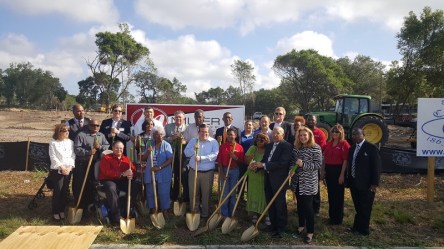In the face of crippling budget cuts, housing authorities rely on innovation, resourcefulness, and advanced software to stimulate growth. Carlos Pizarro serves as Vice President of Housing at Housing Authority of the City of Lakeland, Florida. His decade of experience in the private sector made him an unlikely candidate for the position. That experience, however, is the key to the housing authority’s success. “Public housing and section 8 must change,” reflects Pizarro. “It needs the private sector and the public sector to work together to create something new. I don’t see the government able to support Section 8 and public housing forever. There has to be an effort between everybody.” Such industry changes are felt across the nation. Fort Smith Housing Authority in Arkansas has managed to ride the waves of these changes under the guidance of Rachel Brown, Section 8 Director. “You can’t depend on public housing funding anymore,” Brown says. “Public housing is going away. A lot of us are focused on converting public housing into RAD.” Fort Smith Housing Authority demolished 170 of its public housing units. The 288 remaining units were converted to Rental Assistance Demonstration (RAD) units. RAD, per the U.S. Department of Housing and Urban Development, “allows public housing agencies to leverage public and private debt and equity in order to reinvest in the public housing stock.” The program is an effort to address a $25.6 billion dollar-backlog of public housing capital improvements. Blending funding options within a portfolio, and even within a single project, is one way that housing authorities stay afloat. Discovering untraditional sources of income is another. Innovative Incomes Both the City of Lakeland and Fort Smith housing authorities have created construction and development branches. “We got into developing properties, which is new for a housing...

